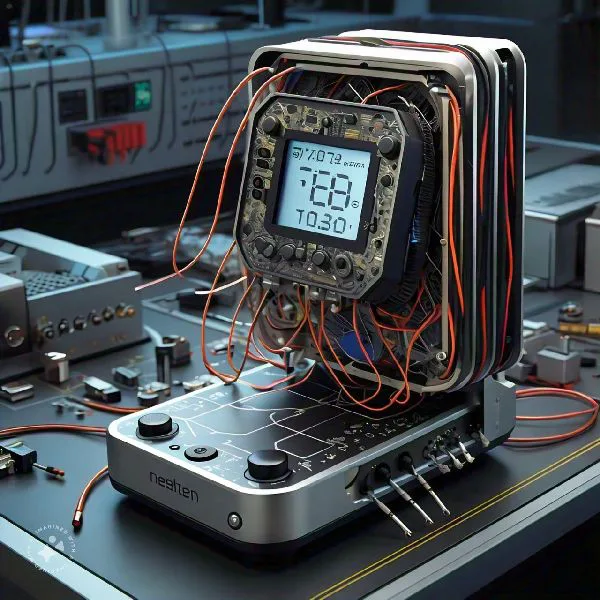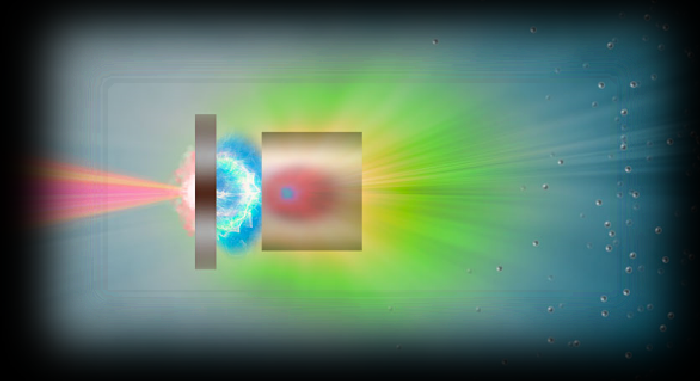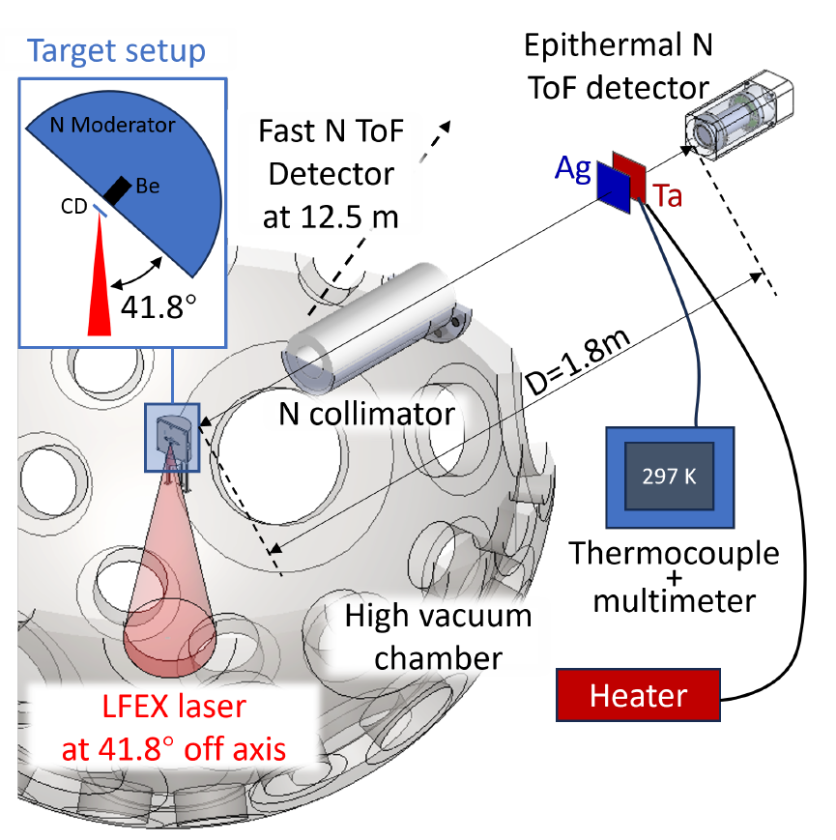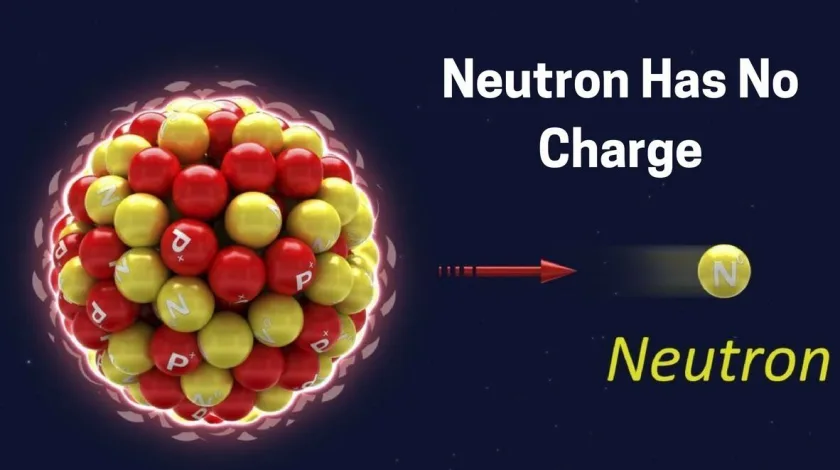
We are constantly surrounded by electronics. From LEDs to batteries, these electronics have become part of our lives. And so, more advanced and intricate components are needed to make them more efficient and reliable. However, as these components become increasingly sophisticated, getting reliable temperature measurements of specific elements inside an object can be a challenge.
After all, from the surface to the core, temperature matters. While we have perfected the art of measuring heat on the exterior, the interior remains largely unexplored. Some methods like laser thermography and phase-contrast imaging thermography are used, but they can’t measure the temperature inside the object. Researchers at Osaka University have come up with a solution, it involves using the Doppler effect in neutron resonance absorption (NRA).
What is the Doppler Broadening Effect?
The Doppler Broadening Effect happens when neutrons are absorbed by an element inside an object.
Atoms, we know, are always moving. They tend to speed up when the temperature is higher. This movement causes the energy levels at which atoms absorb neutrons to spread out. So, temperature here acts as a cue to measure temperature.
The energy at which atoms absorb neutrons is not fixed but varies slightly. This variation causes the absorbed energy to spread out over a range instead of being concentrated at a single value. This spread in energy levels helps scientists determine the temperature of the atoms.
The method uses a very short neutron pulse (around 100 nanoseconds) generated by a high-power laser.

Experimental Setup
The experiment involves taking a piece of tantalum (Ta) metallic foil and heating it while measuring its temperature. Heating continued until the temperature of the tantalum foil reaches 617 K (approximately 344°C or 651°F).
In this experiment, the neutron energy resolution can vary with each pulse, meaning the precision of measuring neutron energy isn’t consistent. To ensure accurate and reliable measurements, a reference material, specifically a silver (Ag) foil, is used.
Finally, the temperature dependence of this broadening effect is observed and analysed.

High Temporal Resolution Technique
The research uses a technique that offers high temporal resolution, meaning they can capture changes over extremely short time intervals. As per Akifumi Yogo, the senior author, this capability allows researchers to observe electronic components with unprecedented detail and precision.
Additionally, the method can assist researchers to pinpoint anomalies that may occur in electronic components. Thus, referring to some potential weaknesses that might not be detectable with conventional measurement methods.
The measurement device also represents an additional accomplishment due to its compact size. The device is nearly one-tenth the size of other similar equipment. The new size is compact and portable compared to traditional bulky instruments used for similar purposes. Thus, it’ll be easier to install and integrate into different laboratory settings.

Takeaway
With the high temporal resolution technique, researchers will be able to observe the intricate details in electronic components. This deeper insight would surely lead to enhanced understanding of how devices function under various conditions.
Once the anomalies are surfaced, researchers can contribute to the development of more reliable electronic devices. Additionally, the method may also democratize advanced measurement capabilities. Thus, benefiting a broader range of researchers and industries.
Overall, these advancements promise to shape a future where electronic devices are more reliable and robust.
Via: Osaka University



